Insects inhabit nearly every corner of our planet. They are the most numerous creatures in the animal kingdom — yet many of them pose serious threats to humans. Some carry deadly toxins, while others spread dangerous diseases.
Wondering which insects are the most venomous on Earth? Here are ten of the deadliest and most toxic species ever recorded — including killer bees, Maricopa harvester ants, African long-winged swallowtails, bullet ants, Japanese giant hornets, panda ants, tsetse flies, golden ringed hornets, Asian tiger mosquitoes, and Matabele ants.
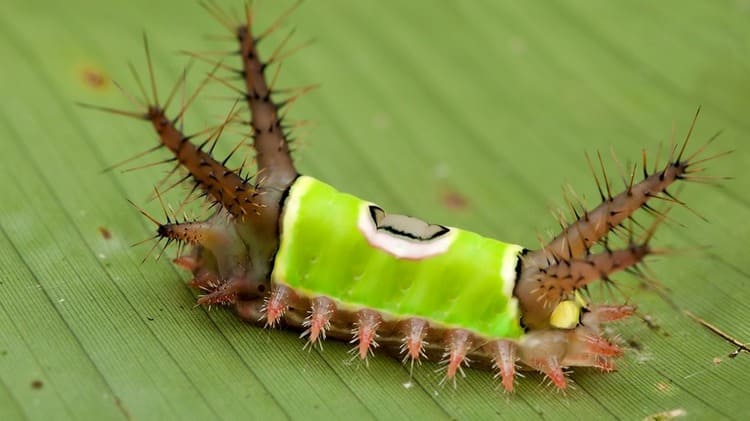
Also known as the Africanized honey bee, the killer bee ranks among the most dangerous insects in the world. Victims stung by these bees often experience severe headaches, vomiting, fever, diarrhea, muscle spasms, and even respiratory failure. In extreme cases, the toxins can cause hemolysis and acute kidney failure leading to death.
Over the past decades, hundreds of people have been fatally stung, and countless pets and livestock have died from their swarming attacks. When provoked, these bees pursue targets relentlessly and sting repeatedly until the perceived threat is neutralized.
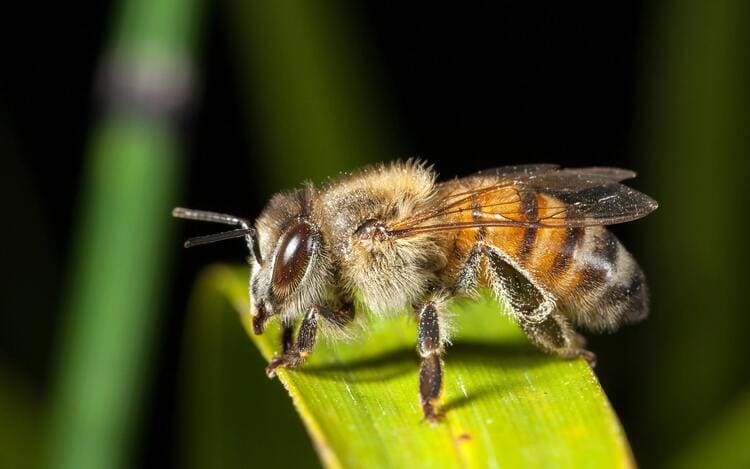
This ant may look similar to an ordinary red ant, but it’s far more dangerous. Its venom has an LD50 of just 0.12 mg/kg — meaning an incredibly small dose can be lethal.
A dozen stings are enough to kill a small mammal, and its venom is far more potent than that of any bee, hornet, or other ant species known to science. For this reason, the Maricopa harvester ant is often considered the most venomous insect on Earth.
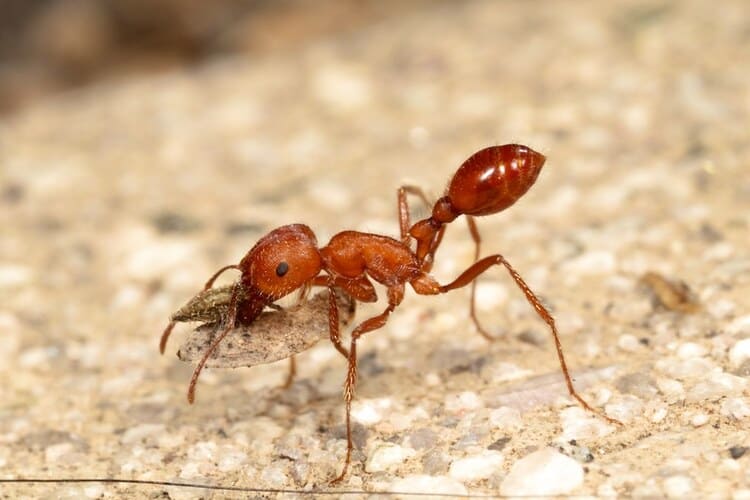
This strikingly beautiful butterfly, native to Africa, is also one of the deadliest. The females’ wings are tinged with orange and red hues that act as a warning signal. The butterfly’s body contains large amounts of potent cardiac glycosides, and even its scales emit a strong, bitter odor detectable from several meters away.
A single adult swallowtail reportedly carries enough toxin to kill several domestic cats — making it both mesmerizing and menacing.
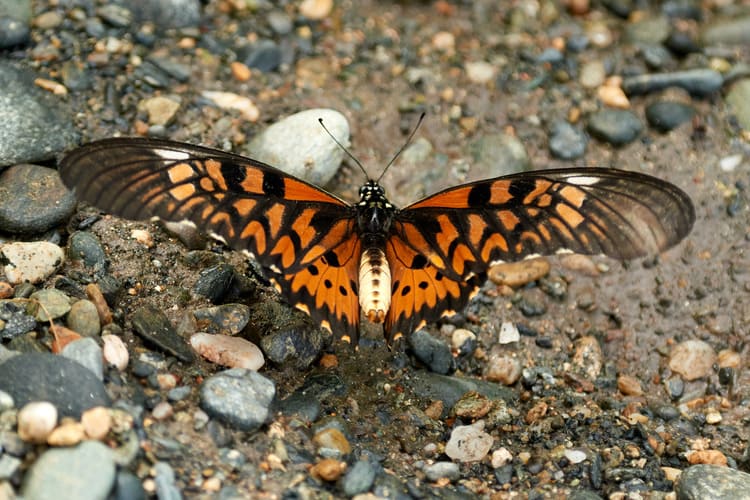
The bullet ant is one of the largest ant species and notorious for delivering the most painful sting known to humans. American entomologist Justin O. Schmidt, who developed the famous “Schmidt Pain Index,” rated the bullet ant’s sting at the very top of his scale.
Although its venom rarely kills, the pain it inflicts is excruciating — described as burning, pulsating agony that can last up to 24 hours. It’s no surprise this ant is often called “the 24-hour ant.”
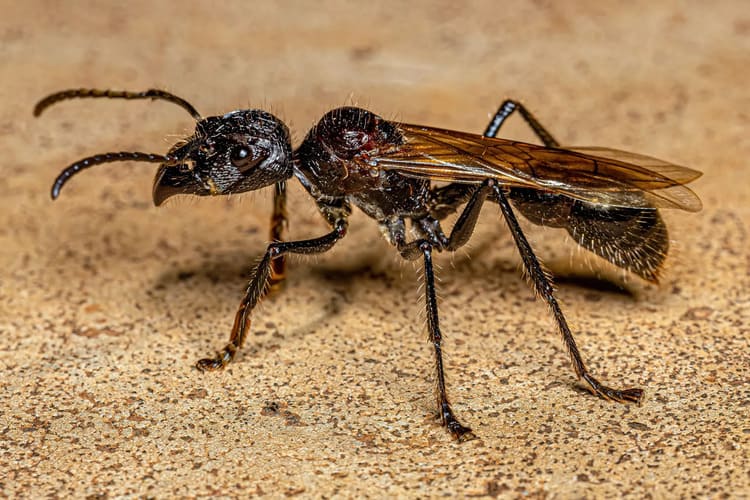
The Japanese giant hornet is the largest and most toxic hornet species in the world. Armed with powerful mandibles and a potent venom, this insect can dissolve human tissue through its corrosive enzymes.
Victims may experience intense pain, fever, nausea, swelling of the throat, and even respiratory or cardiac failure. The queen hornet, even larger and more toxic, has earned this species the chilling nickname “the hornet from hell.”
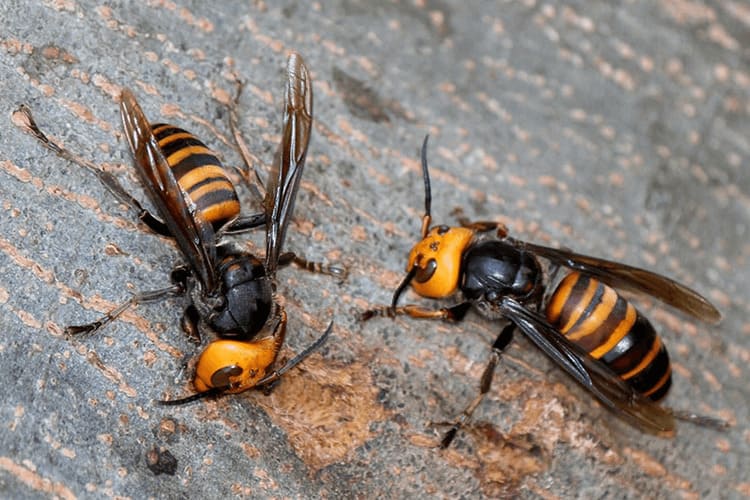
The panda ant, covered in dense black-and-white fur, looks adorable at first glance — but don’t be fooled. Despite its name, this insect is actually a wingless wasp with an extremely painful sting.
Its venom is so powerful that it’s capable of killing animals hundreds of times its size. Its docile appearance hides an aggressive temperament, making it one of the most deceptive and dangerous insects on Earth.
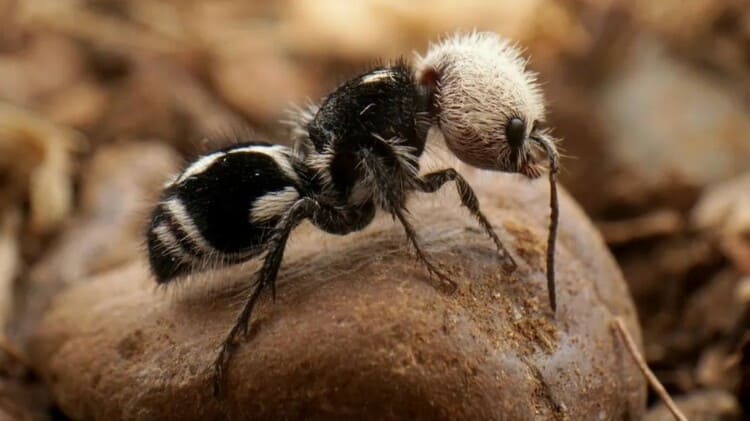
The tsetse fly, found widely across sub-Saharan Africa, feeds on blood and transmits deadly trypanosome parasites. When infected flies bite humans or livestock, they can spread African sleeping sickness, a disease that causes fever, fatigue, anemia, and eventually neurological failure.
Each year, tsetse-borne diseases kill millions of animals and tens of thousands of people, causing economic losses of billions of dollars across Africa.
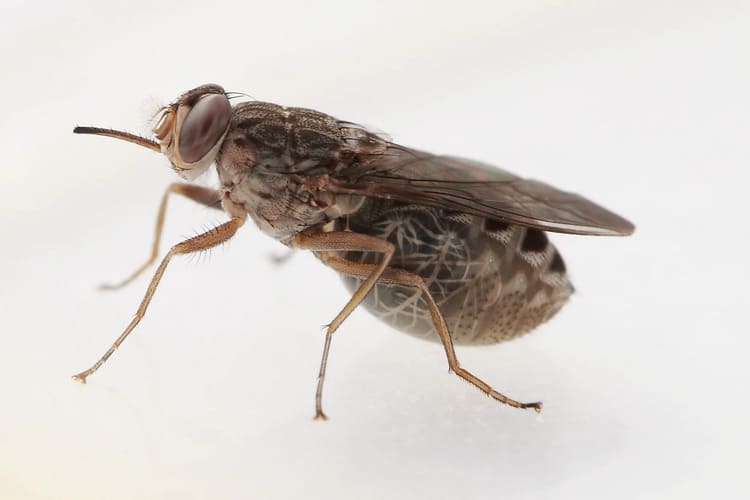
This hornet species is infamous for its extreme aggression and lethal stings. Its nests are often hidden underground, making them difficult to detect. When disturbed, golden ringed hornets launch mass attacks.
Their venom contains a mix of histamine, hemolytic toxins, and neurotoxins — capable of triggering allergic shock, liver or kidney failure, and death if not treated promptly. People allergic to insect venom are particularly at risk.
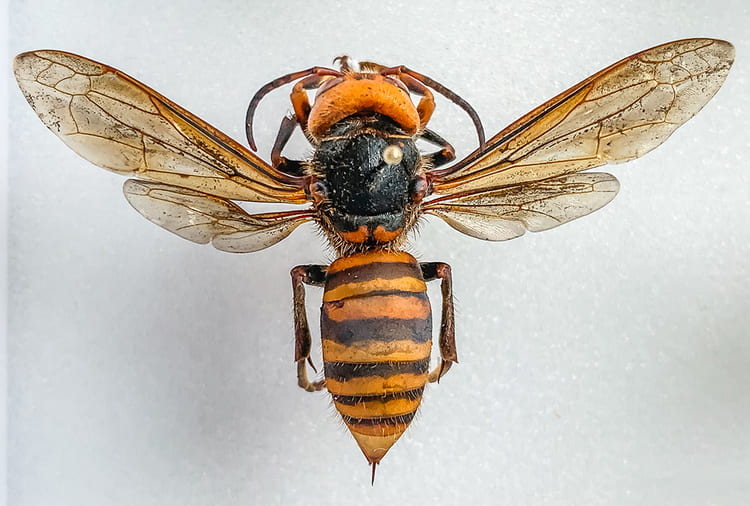
The Asian tiger mosquito, easily recognized by its white-striped body, is one of the most dangerous disease carriers in the world. It transmits dengue fever, chikungunya, yellow fever, and several types of encephalitis, including Japanese and Venezuelan equine strains.
Because of its wide distribution and high adaptability, it has become a primary target for global mosquito-control programs.
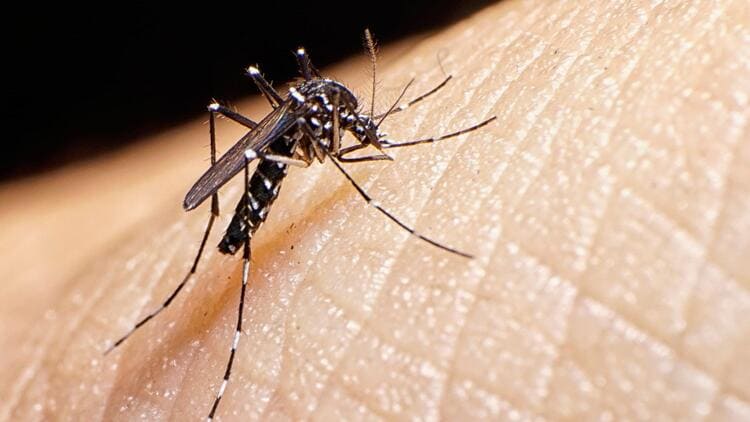
The Matabele ant, native to Africa, is a large and highly organized predator measuring up to 15 mm in length. These ants are fierce hunters of termites — when scouts locate a termite nest, they release chemical signals that summon massive raiding parties of millions of ants.
Their venom can cause intense pain, dizziness, muscle spasms, and nausea in humans, and in severe cases, the symptoms may be life-threatening.
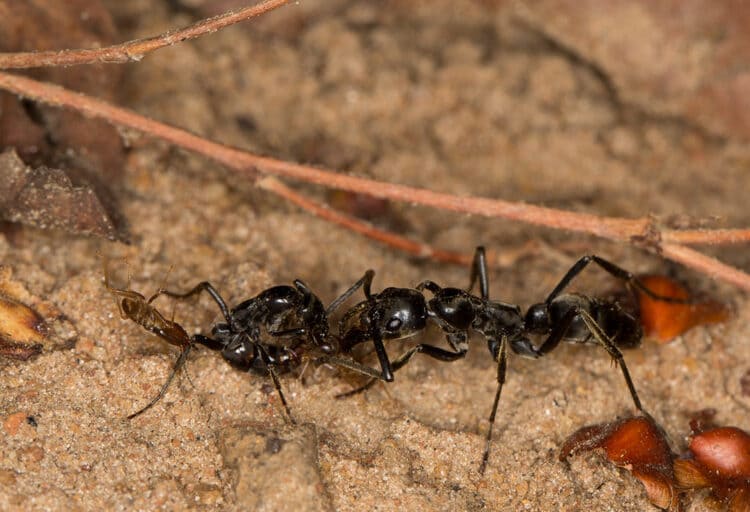
The ranking of the world’s most poisonous insects is based on toxicity, aggressiveness, and potential danger to humans. It’s important to note that spiders, scorpions, and centipedes — though venomous — are not insects, but belong to other arthropod classes.
All data in this list are compiled from public scientific and online sources as of October 13, 2025, and are intended for reference only. If you have additional insights or corrections, feel free to share your thoughts in the comments below.
animal tags: Poisonous Insects
We created this article in conjunction with AI technology, then made sure it was fact-checked and edited by a Animals Top editor.